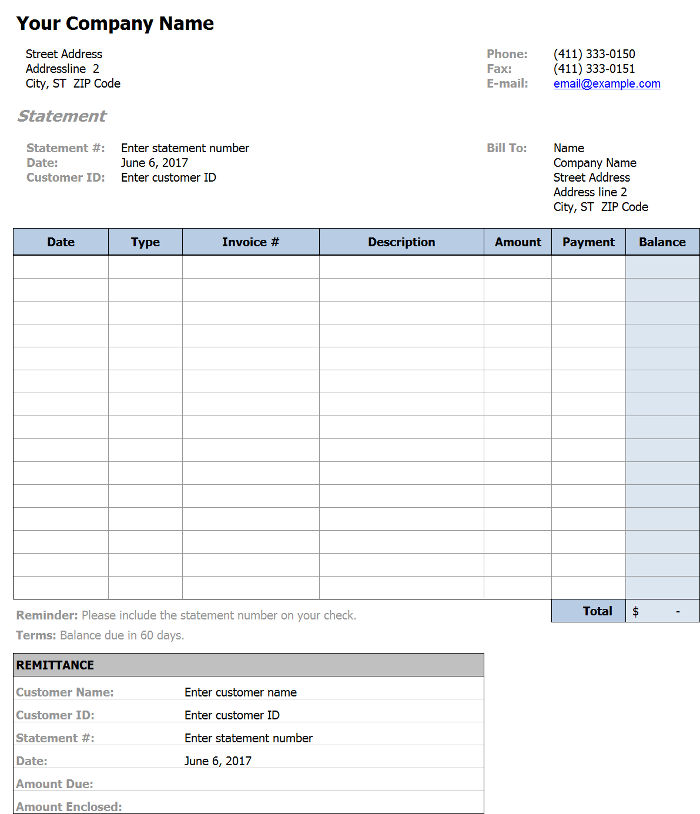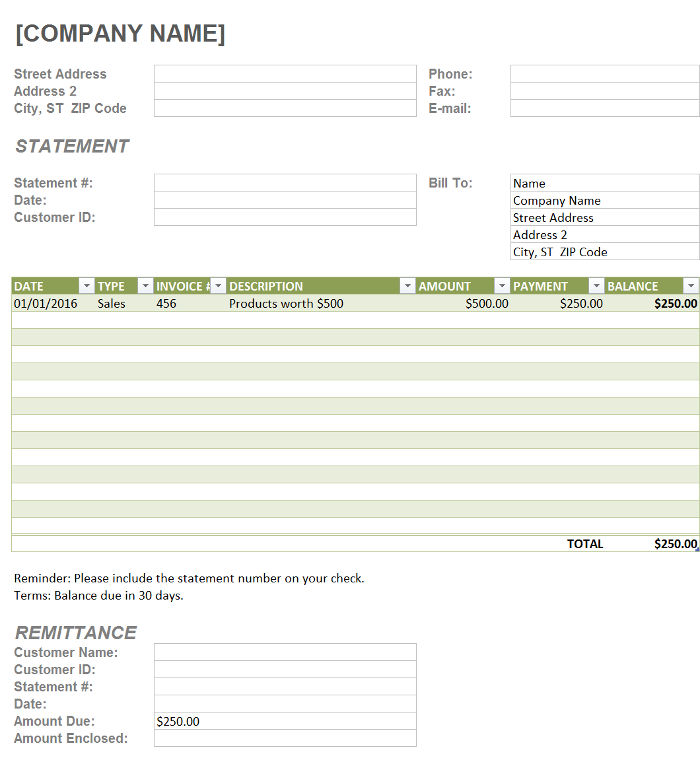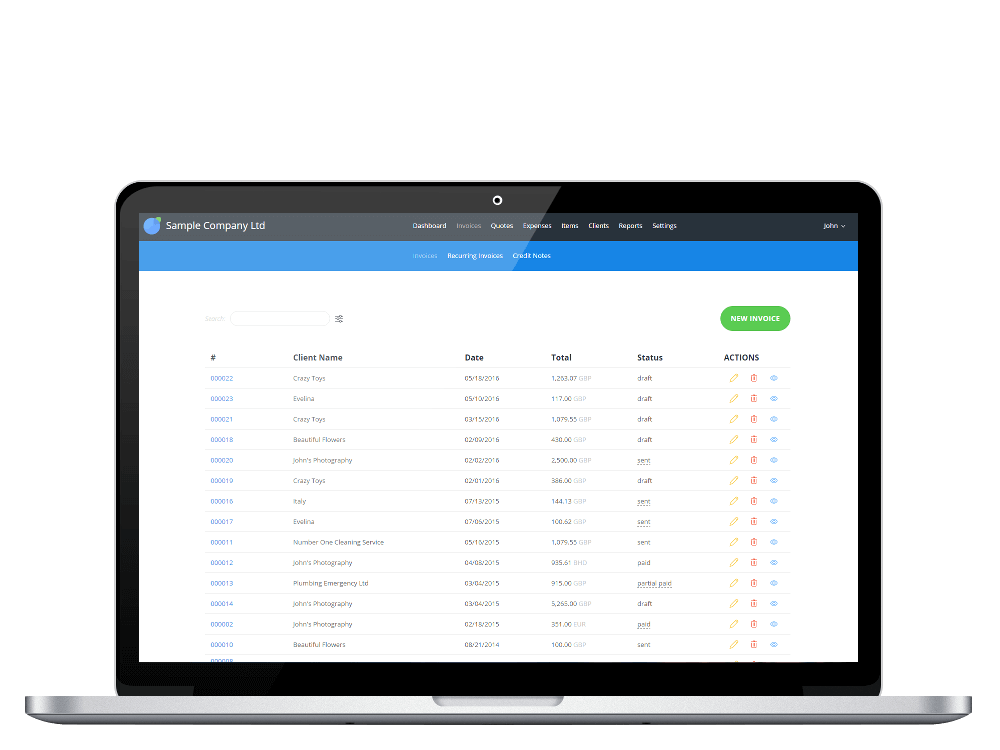
Billing Statement 1
- File format: .xlsx
- The billing statement features all important parts to provide your customers with a simple and straight-forward billing experience.
- DOWNLOAD NOW
Our free billing statement templates help you provide your customers with billing statements



A billing statement, or simply a statement, is a periodic report that businesses send to their clients that show the recent transactions and balance due for the time period.
Normally, the statements are sent on a monthly basis at the end of each billing cycle. This is the document most used by credit card companies, although any business that charges clients periodically can use it.
The billing statement that the business sends to the client will normally itemize the invoices that the customer has not paid yet, or a list of products or services that need to be paid.
Because the billing statement lists unpaid invoices, or partially paid invoices, it is much less detailed than an invoice.
Billing statements can also be seen as an invoice of invoices, as they are periodic invoices notifying the customer of past unpaid invoices.
Billing statements will list the client and sellerís business addresses, as well as the statement number, date and customer identification number (if any).
In the body of the billing statement, there are normally five important columns.
These are:
Beyond that, the billing statement should include the due date (for example: the balance is due in 30 days).
It will also include a section for remittance, with the customerís name, ID, statement number, date, amount due and the amount being enclosed.
If you have a business that periodically charges your clients, you should use the billing statement. The billing statement will act not only as a reminder for unpaid invoices, but also as a vehicle for getting those invoices paid in full.